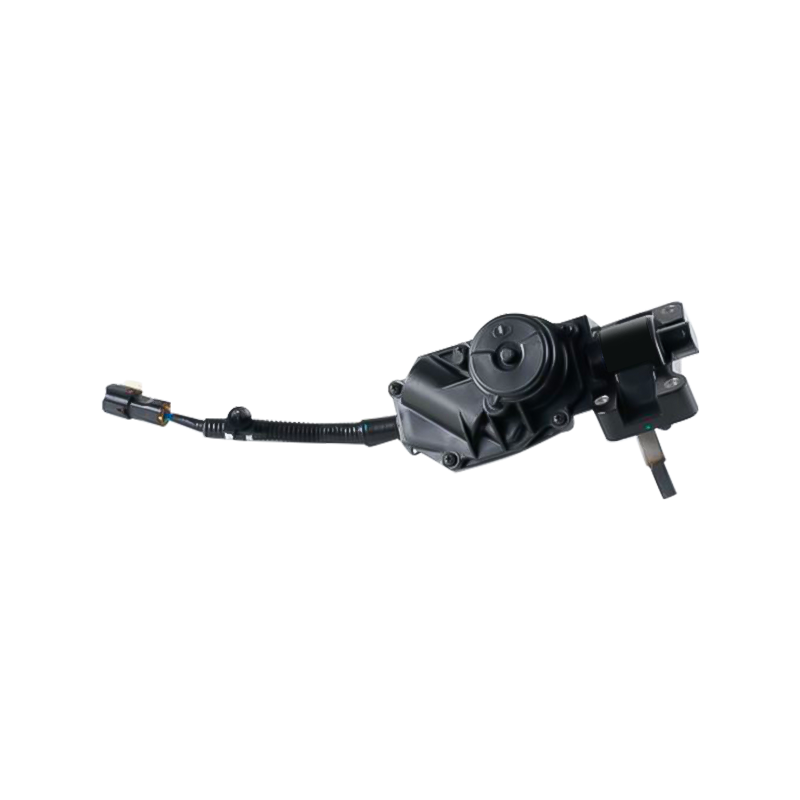BT001 Honda Accord Windshield Wiper Motor
Power Voltage 12V DC, 35W No-load Current Low speed ≦1.5A, high speed ≦2.0A No-loa...
View MoreOil Pump Motors are essential components in numerous industrial applications, responsible for driving the circulation of lubricants and hydraulic fluids. Ensuring that these motors are compatible with the systems they serve is critical for both operational efficiency and long-term reliability. Compatibility encompasses mechanical fit, electrical characteristics, operational conditions, and system integration. A comprehensive understanding of these factors allows engineers to select motors that operate seamlessly within their intended applications, reducing the risk of failure and enhancing overall system performance.

Mechanical compatibility involves the physical alignment between the motor and the pump it drives. Shaft diameter, coupling type, mounting dimensions, and flange configurations must be precisely matched to prevent misalignment or vibration. Poor mechanical fit can cause excessive wear, premature failure of bearings, and increased maintenance requirements. High-quality Oil Pump Motors are designed with standardized mounting options and adjustable coupling systems to ensure they integrate smoothly with a variety of pump models, providing consistent torque transfer and stable operation.
Electrical compatibility is equally crucial for the safe and efficient operation of Oil Pump Motors. Motors must be compatible with the power supply voltage, frequency, and phase. Mismatched electrical specifications can result in excessive current draw, overheating, and potential damage to both the motor and the pump system. Additionally, the motor’s control system—whether through soft starters, variable frequency drives, or direct-on-line operation—must align with system requirements. Proper electrical integration ensures the motor delivers the expected torque and speed without overloading the supply network or reducing efficiency.
Oil Pump Motors often operate in demanding industrial environments, where temperature fluctuations, humidity, dust, and exposure to oils or chemicals are common. A compatible motor must be designed to withstand these conditions without degradation. Protective enclosures, high-quality seals, and corrosion-resistant materials are typically employed to ensure durability. Selecting a motor rated for the specific environmental conditions of the application prevents premature wear, reduces downtime, and maintains consistent performance over time.
The interaction between the Oil Pump Motor and the hydraulic system it powers is fundamental to compatibility. Flow rate, pressure requirements, and pump type must be aligned with motor capabilities. An oversized motor may cause unnecessary energy consumption, while an undersized motor may fail to achieve the required pressure or flow rate. Properly matching motor output to system demands ensures suitable hydraulic performance, extends component lifespan, and reduces the risk of system inefficiency or mechanical failure.
Long-term compatibility also includes maintenance accessibility and serviceability. Motors should be easy to inspect, lubricate, and repair without requiring extensive system disassembly. Standardized components and interchangeable parts facilitate maintenance while ensuring continued compatibility over the motor’s service life. Regular preventive maintenance helps preserve both mechanical and electrical alignment, ensuring the motor remains fully compatible with the system throughout extended operational periods.
Ensuring the compatibility of an Oil Pump Motor involves careful consideration of mechanical, electrical, environmental, and hydraulic factors. Properly selected and integrated motors deliver reliable performance, prevent excessive wear, and optimize energy use. Understanding the interplay between motor characteristics and system requirements allows engineers to make informed decisions, ensuring seamless integration and long-term operational stability. By focusing on compatibility at all levels, both manufacturers and operators can achieve enhanced efficiency, reduced maintenance costs, and reliable performance for industrial pumping applications.